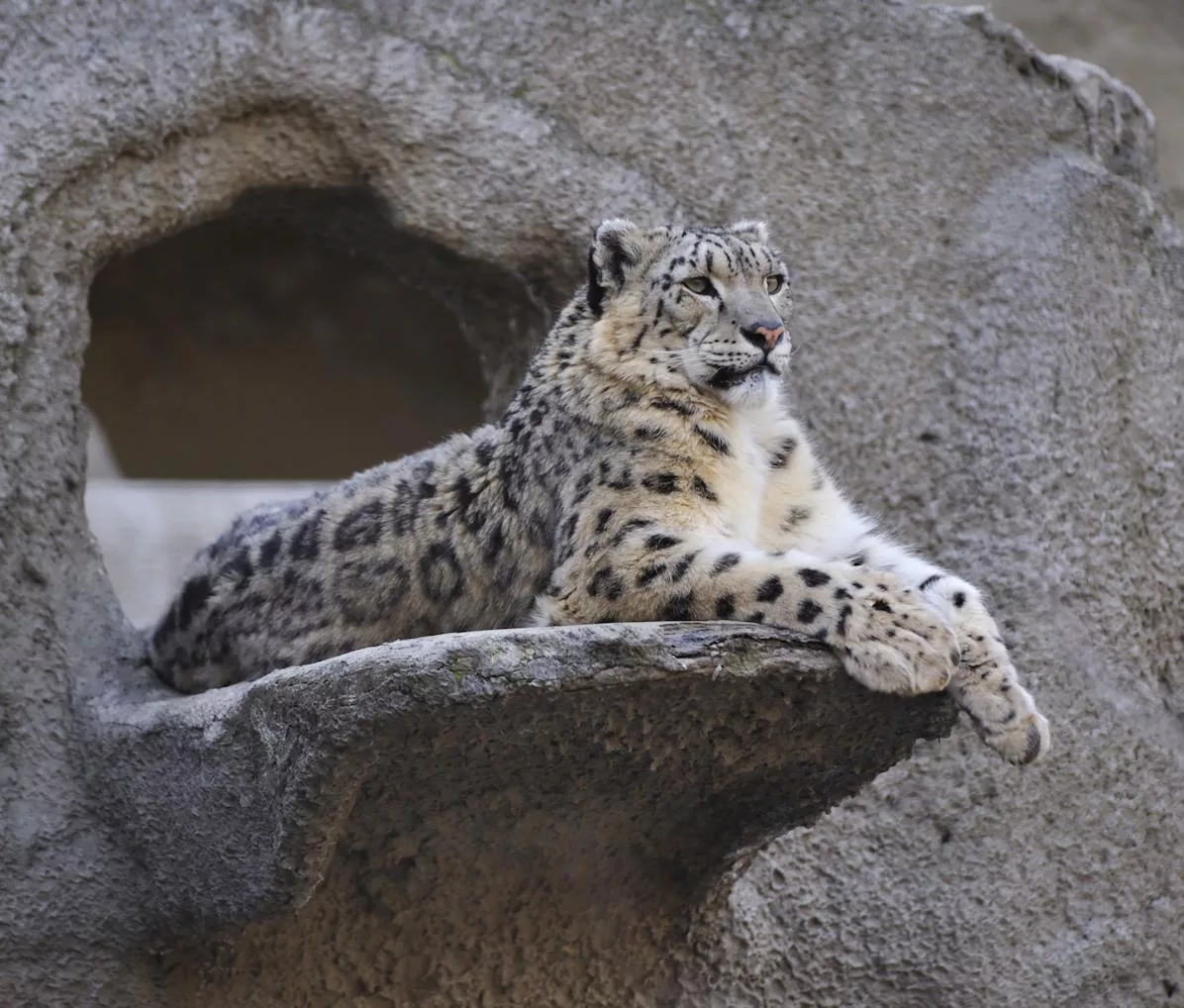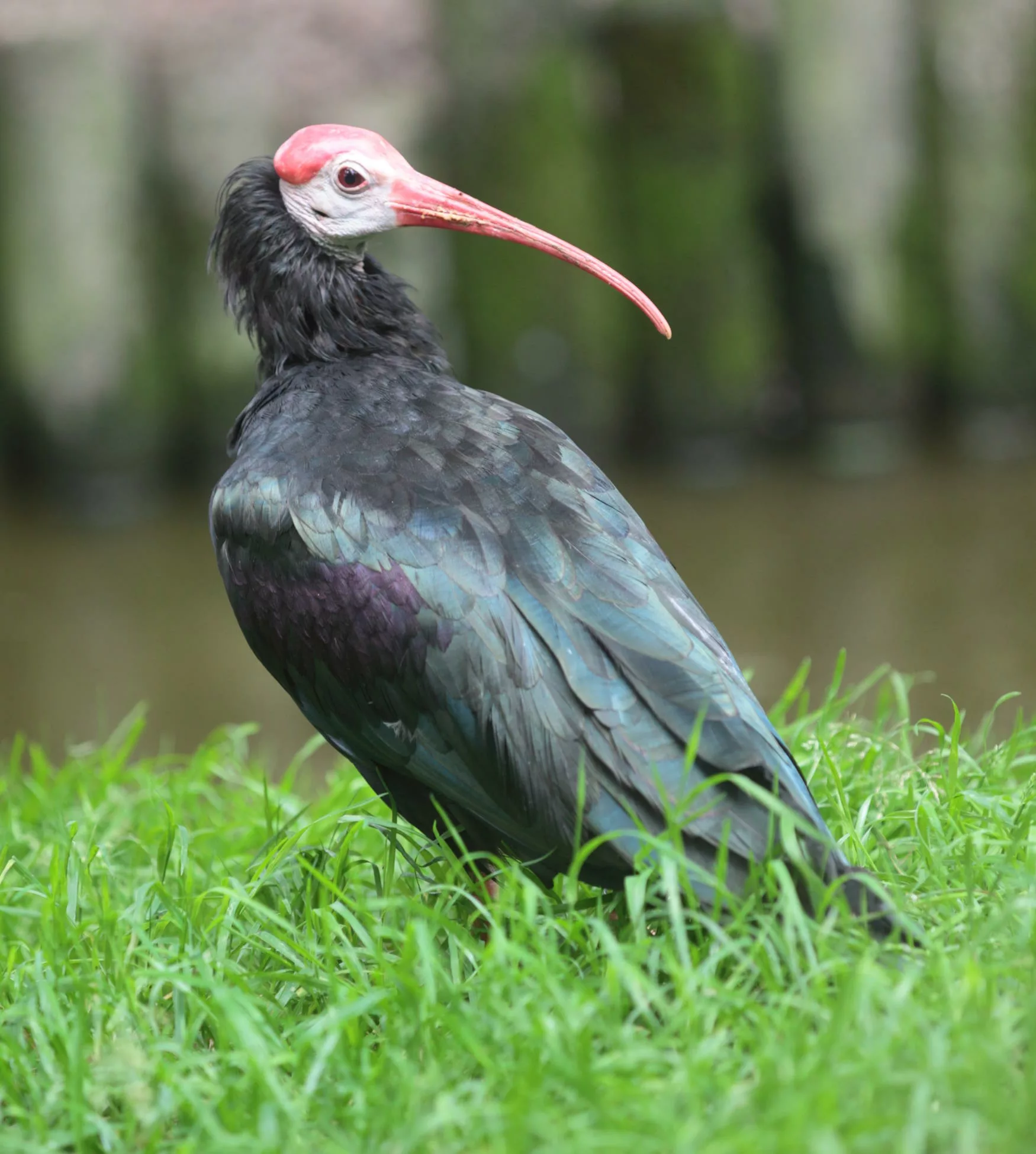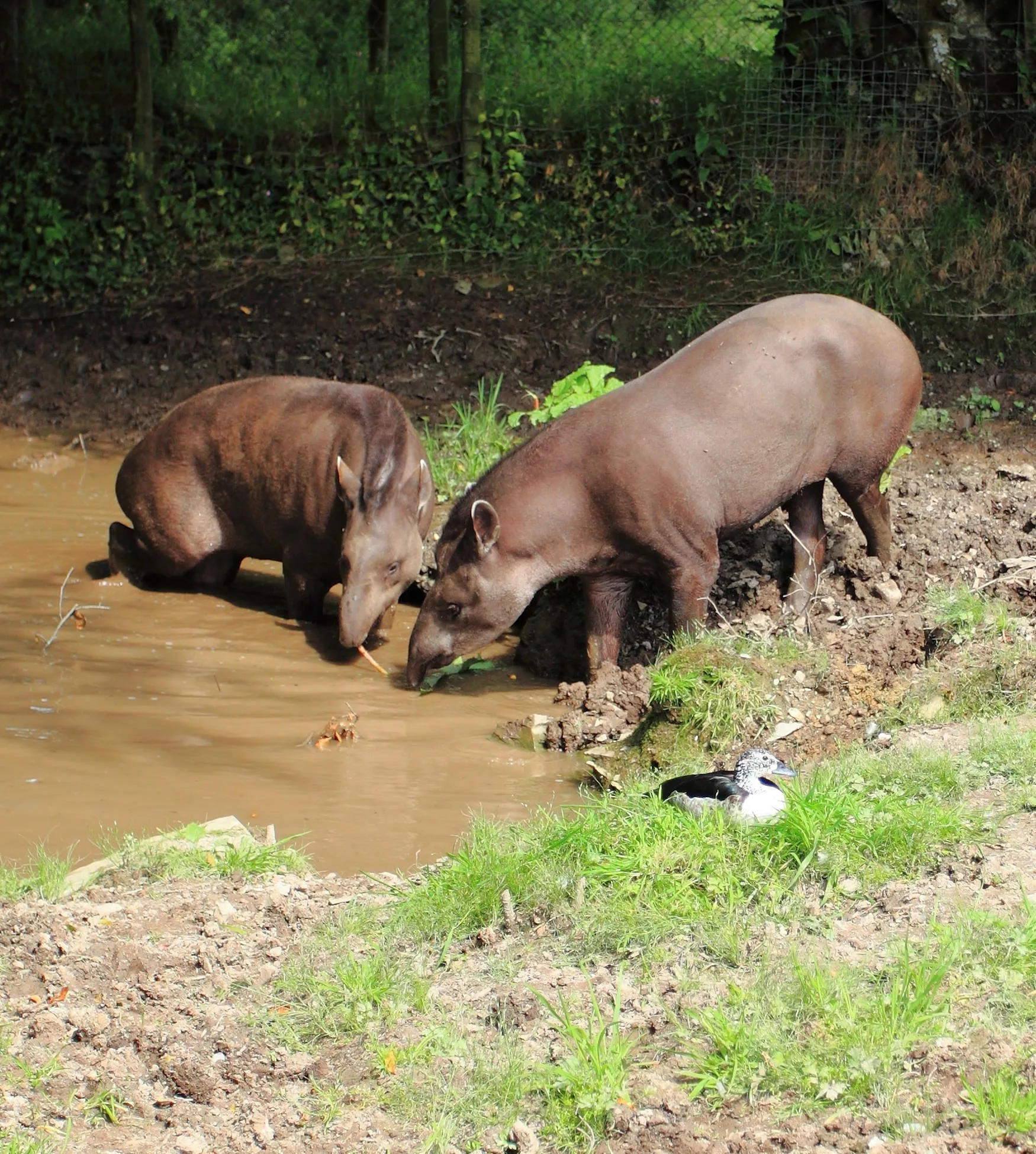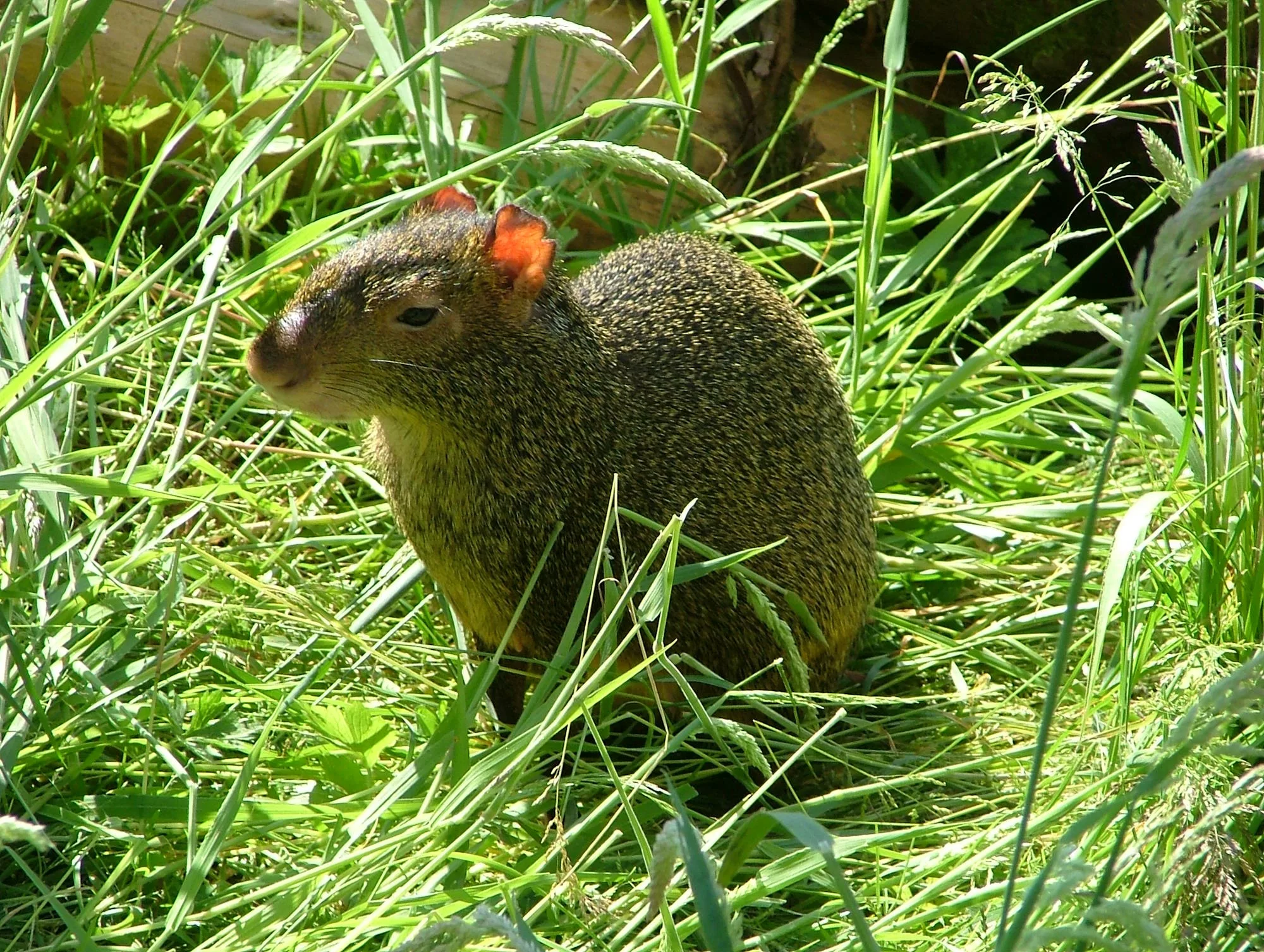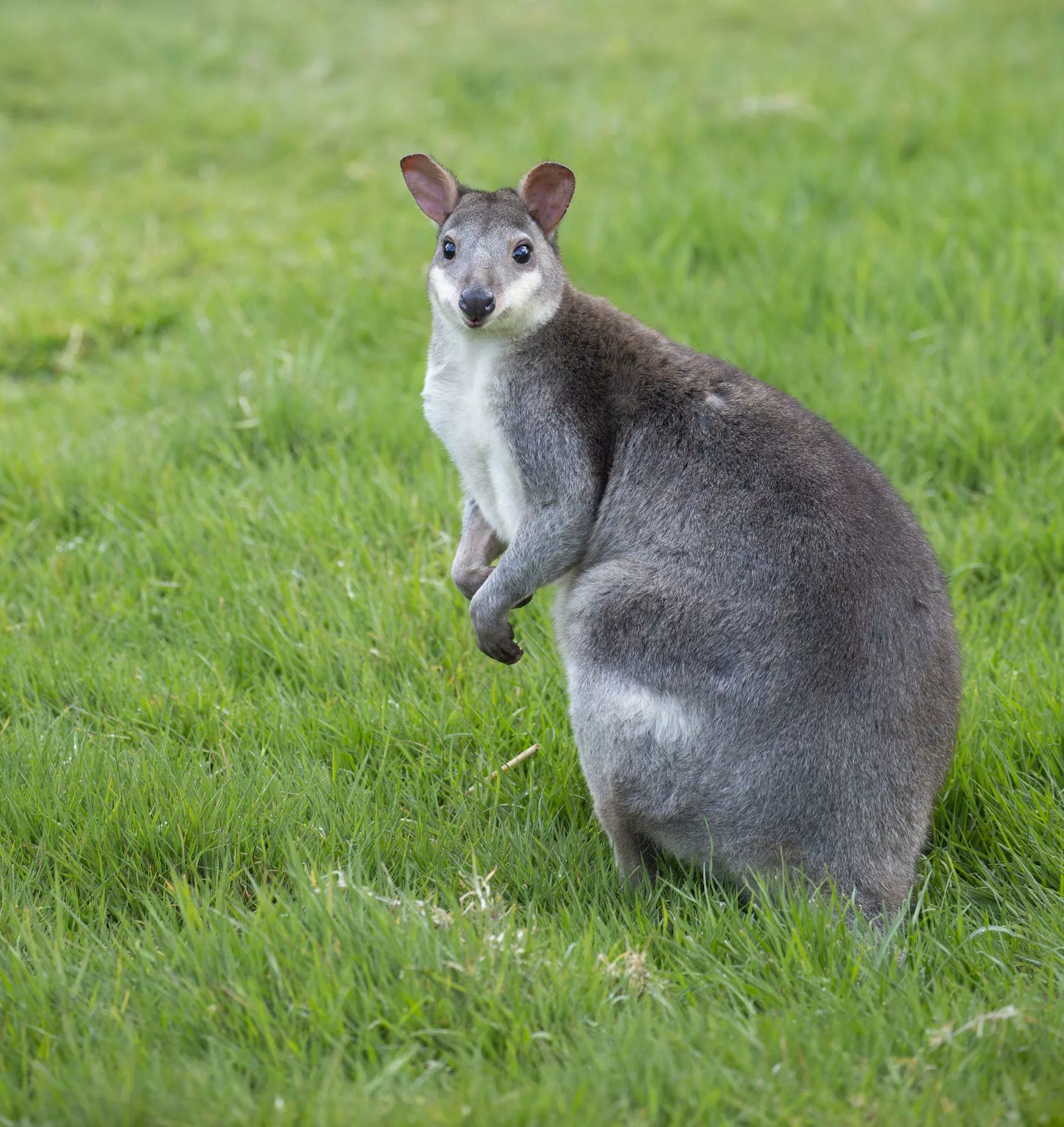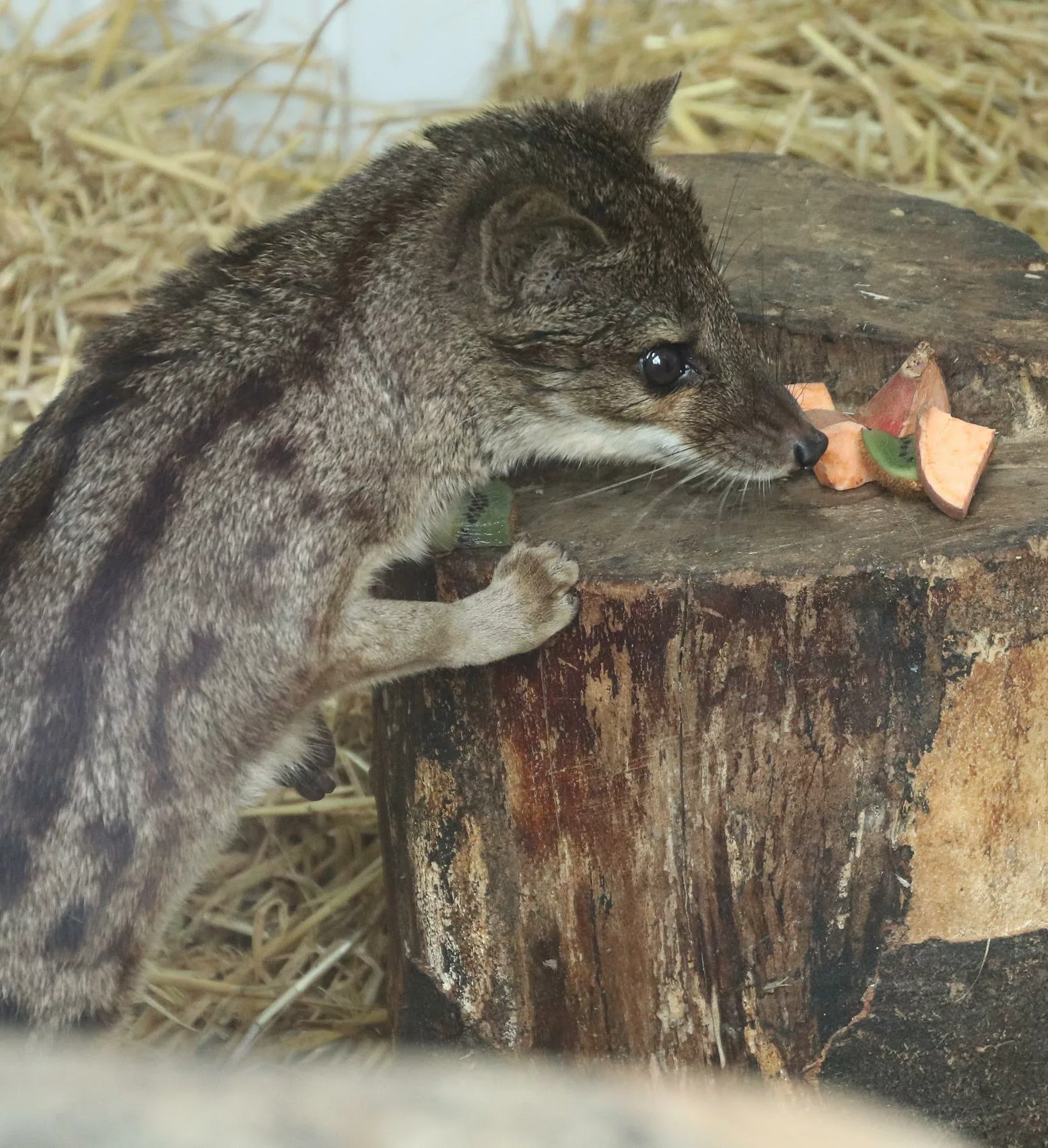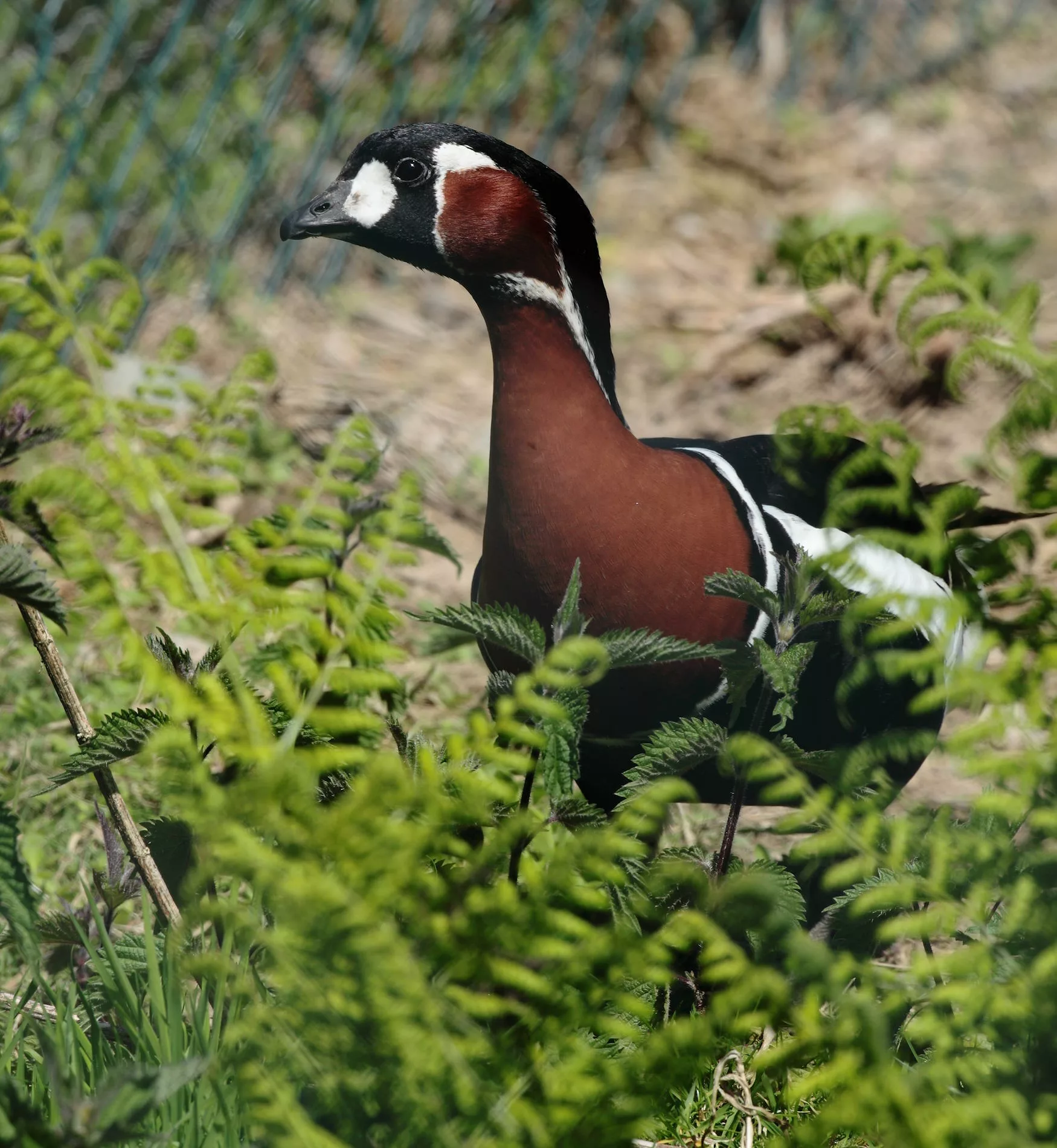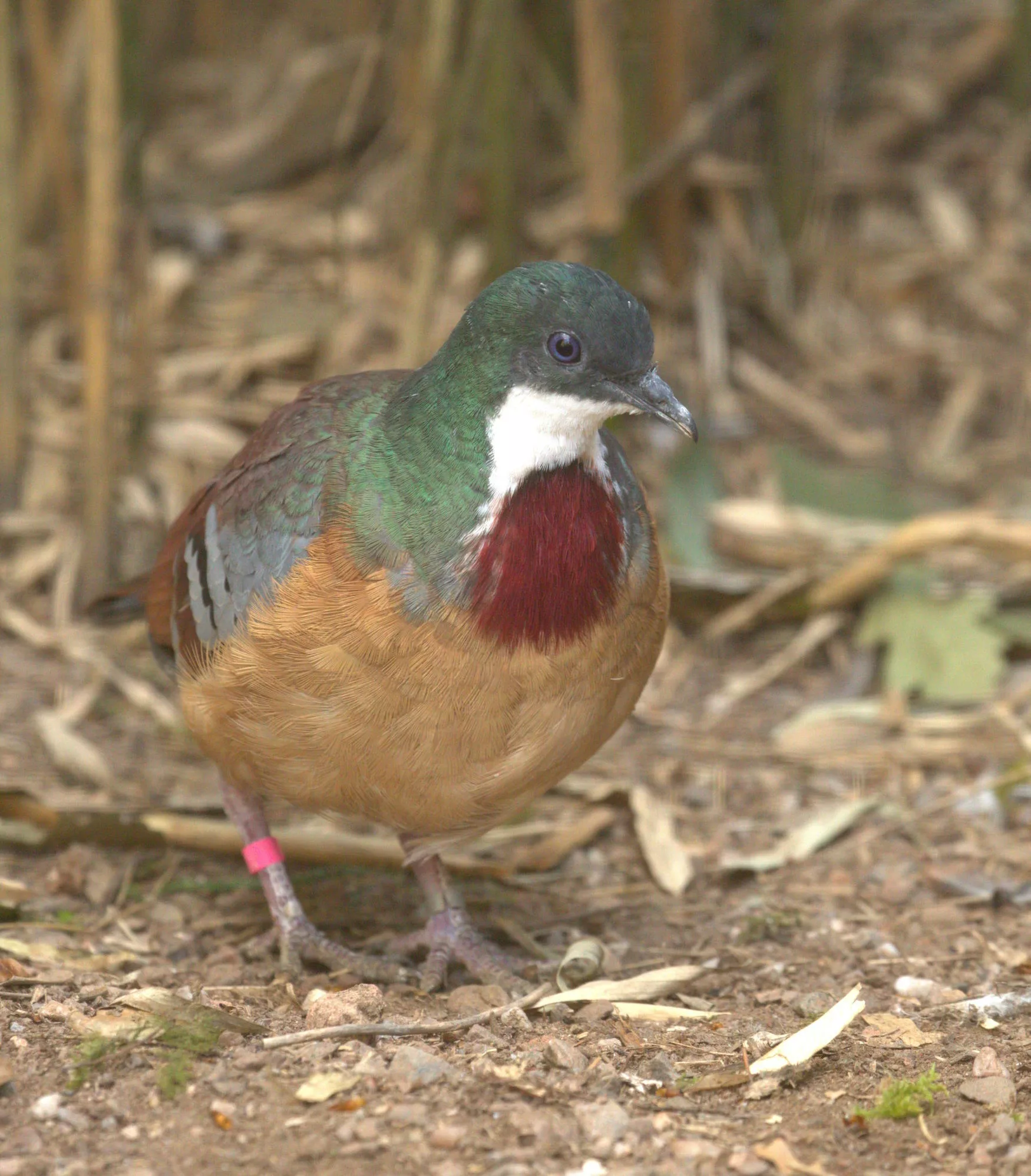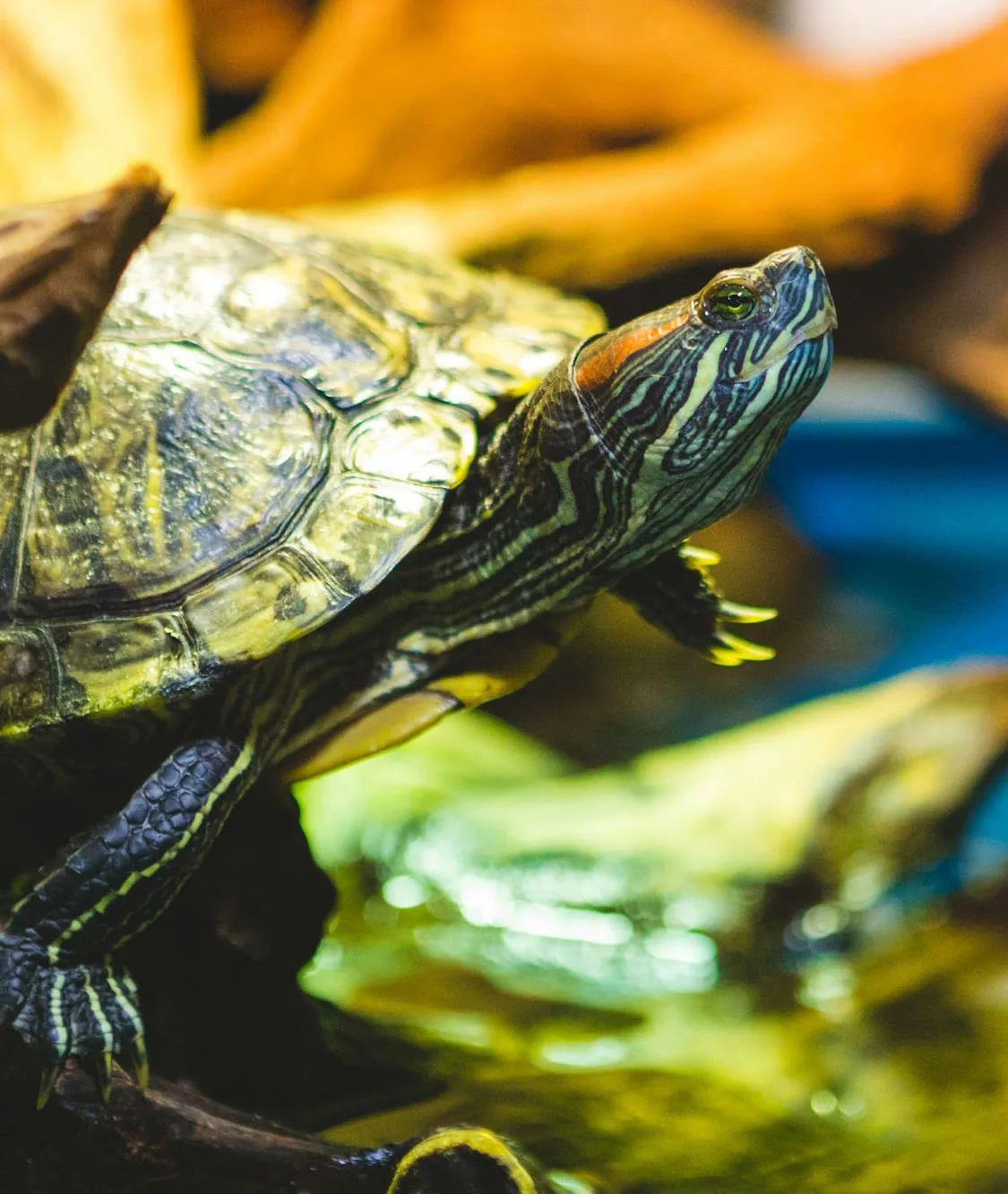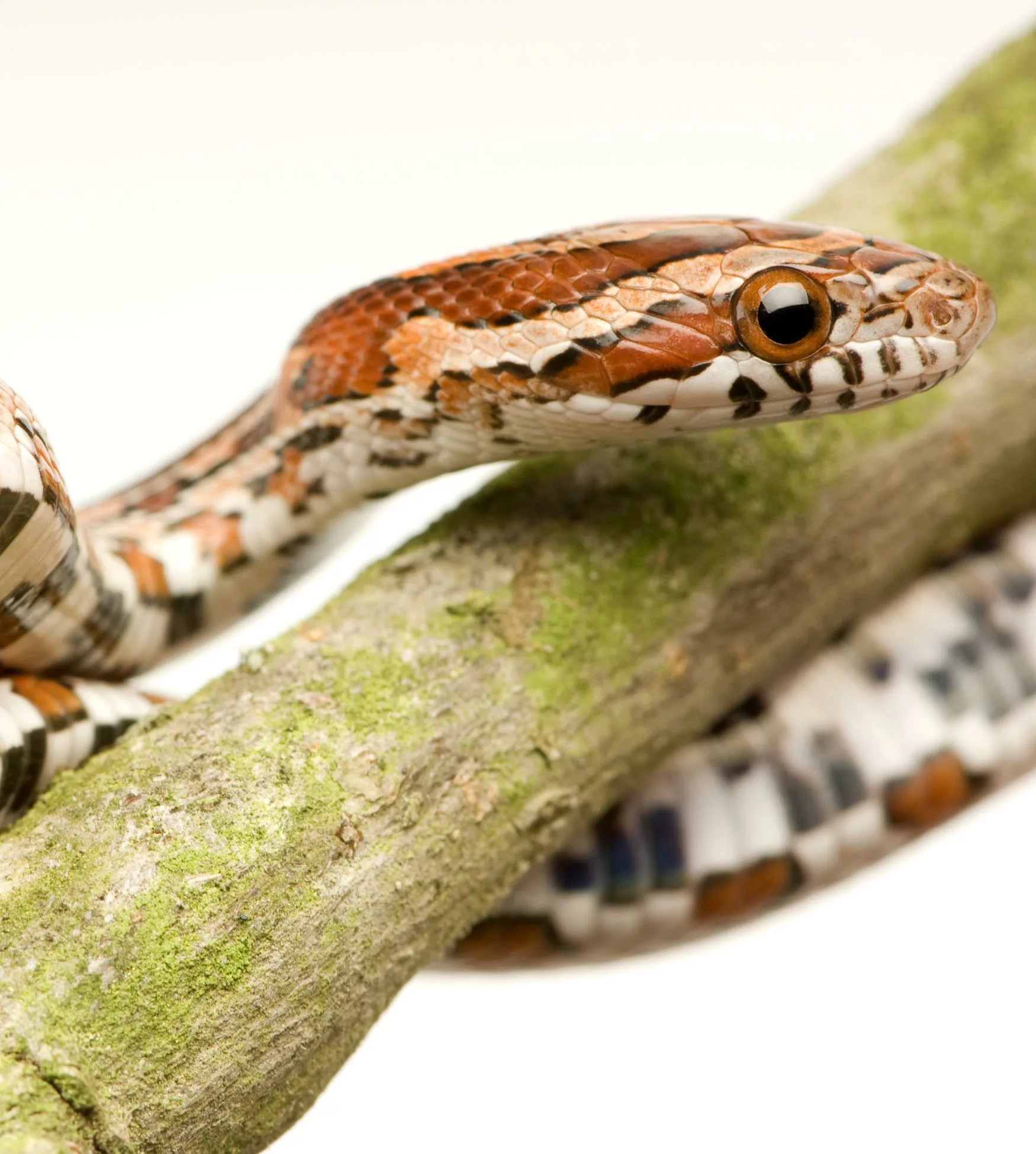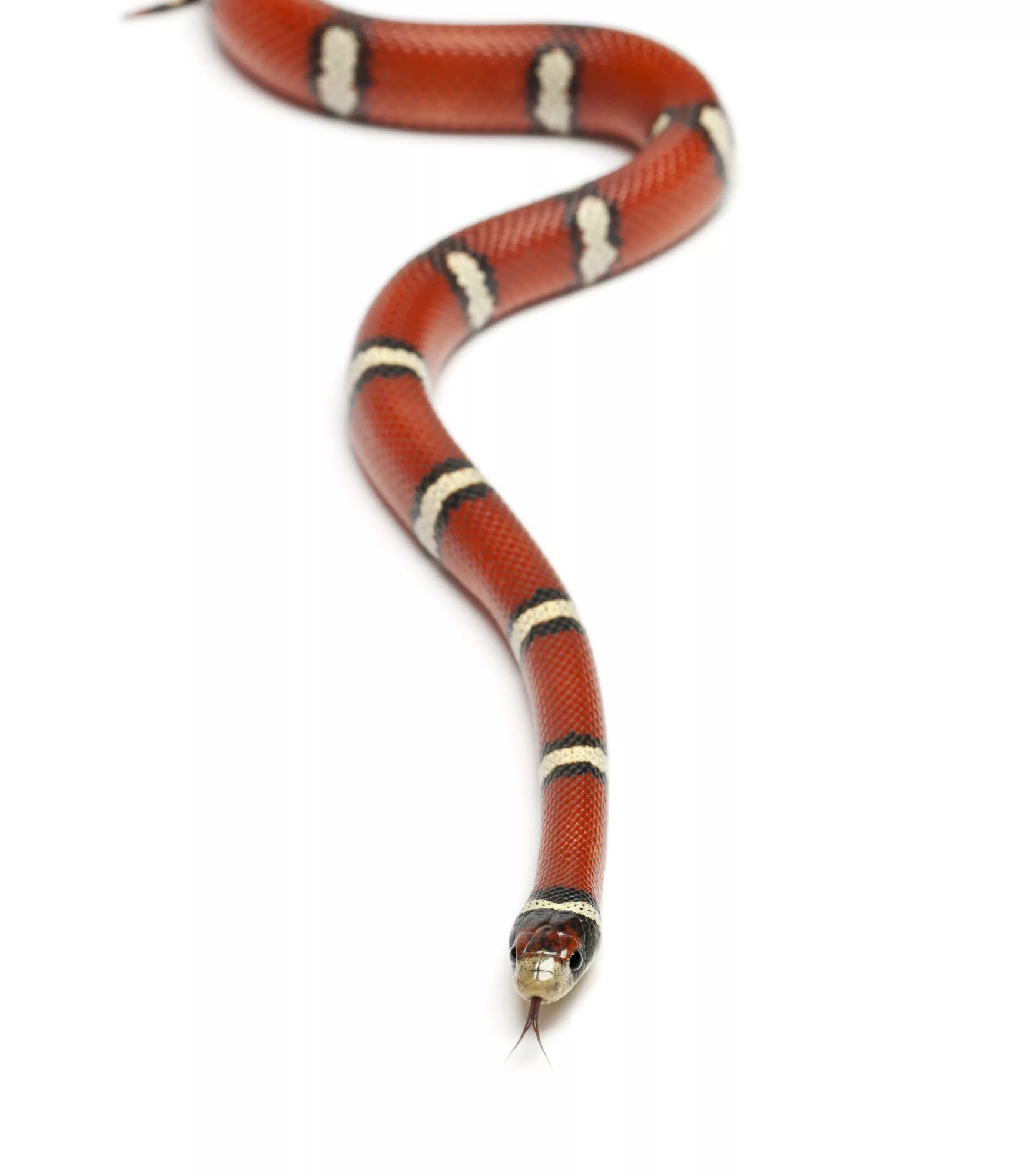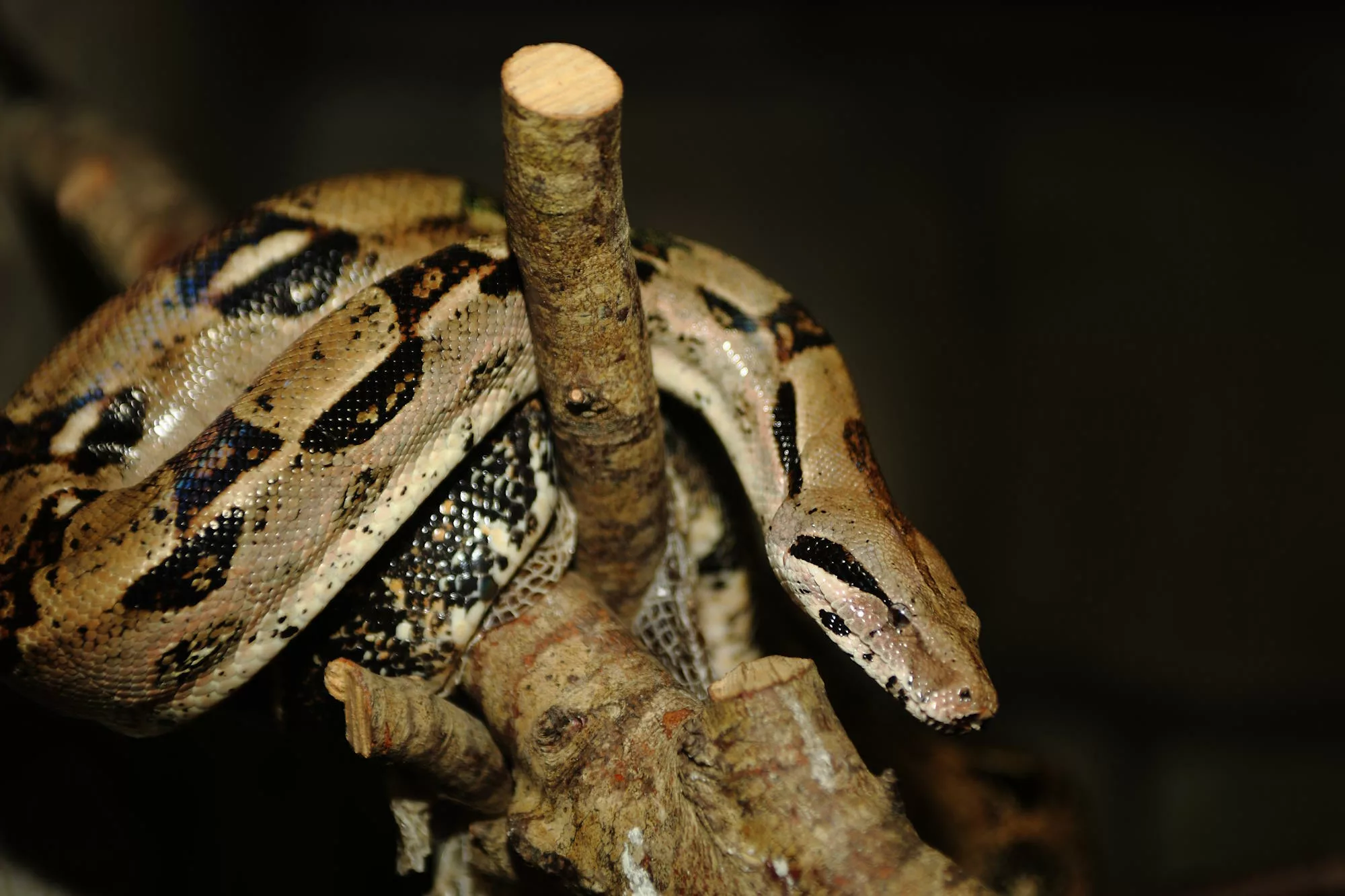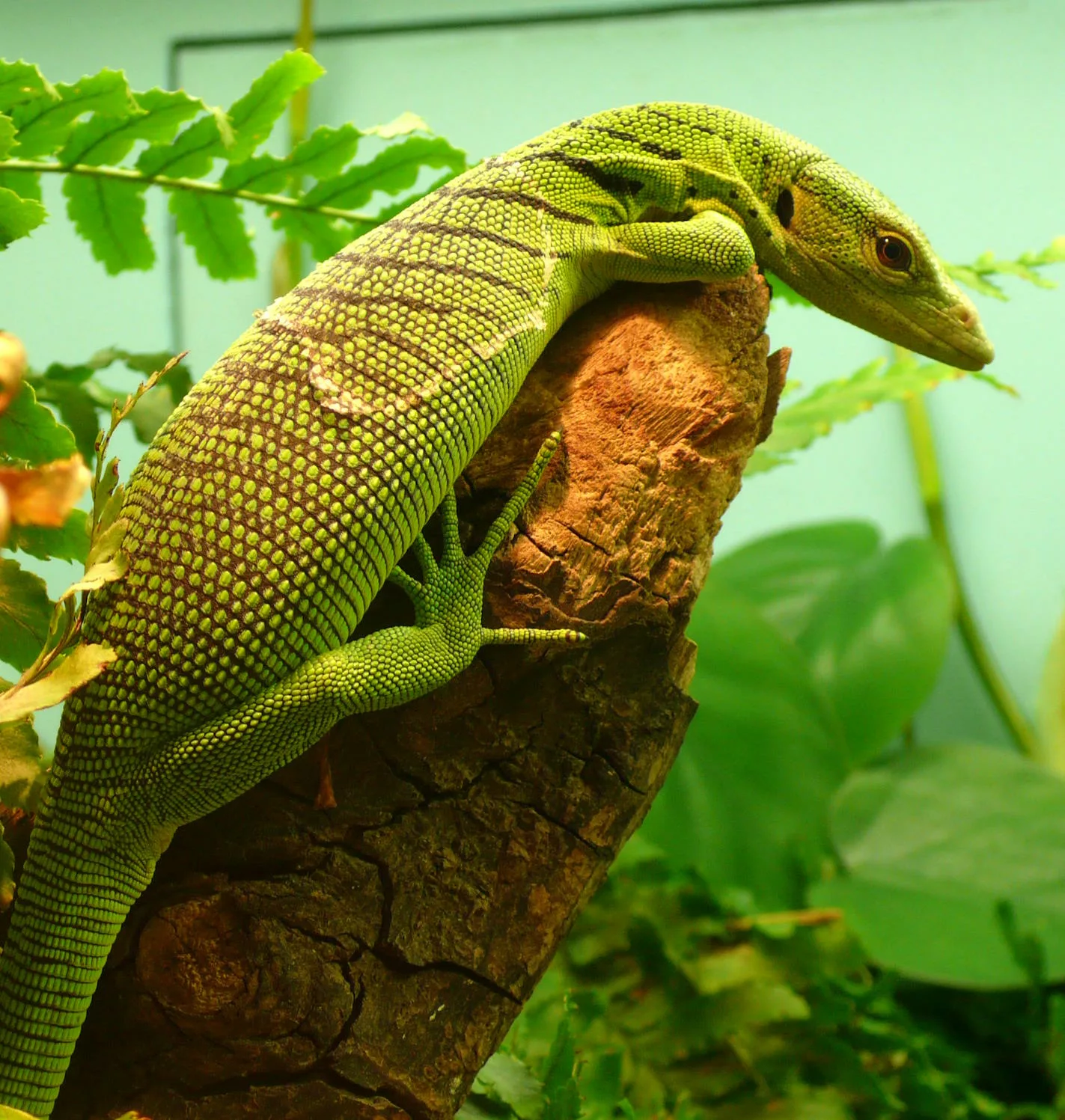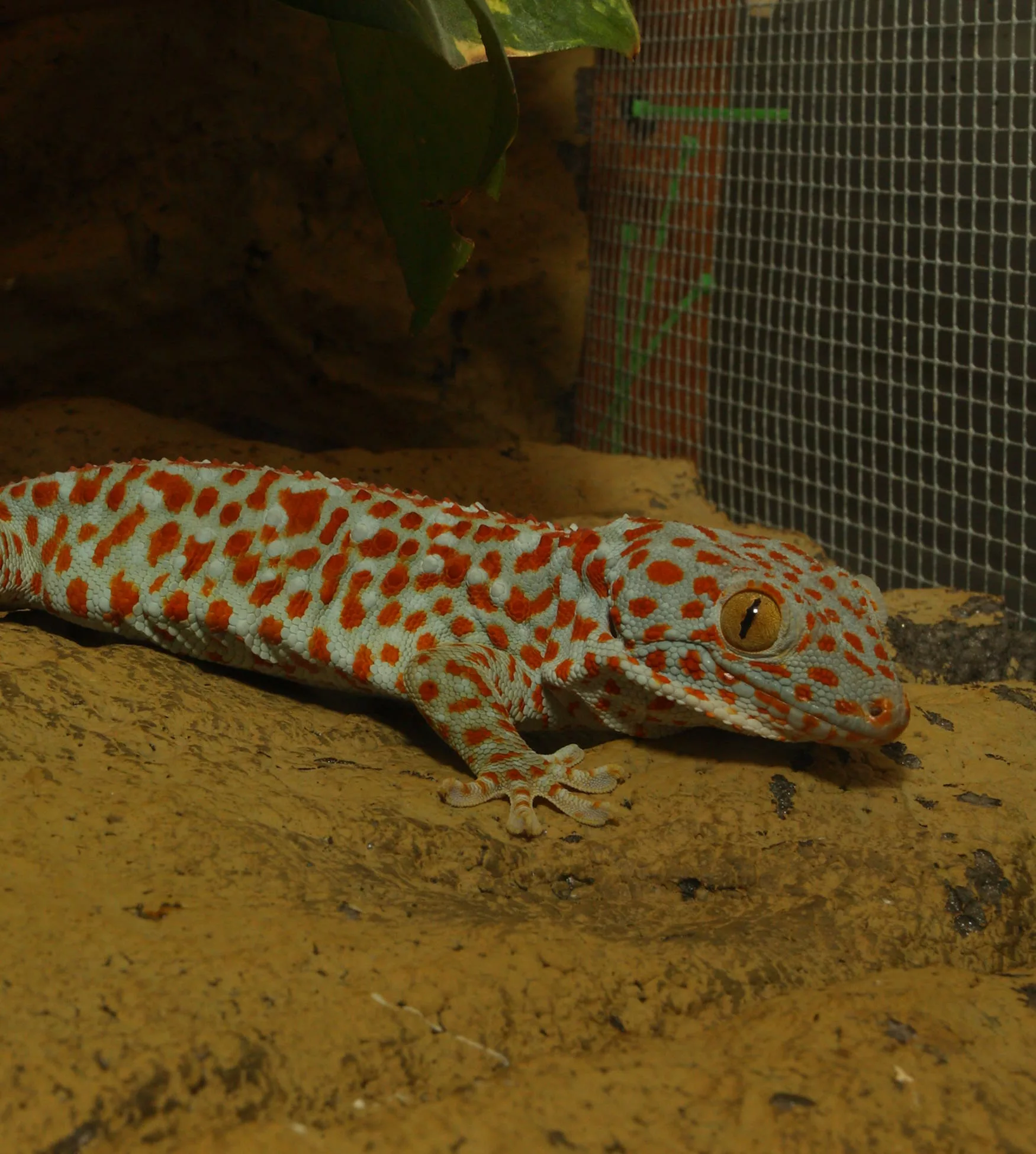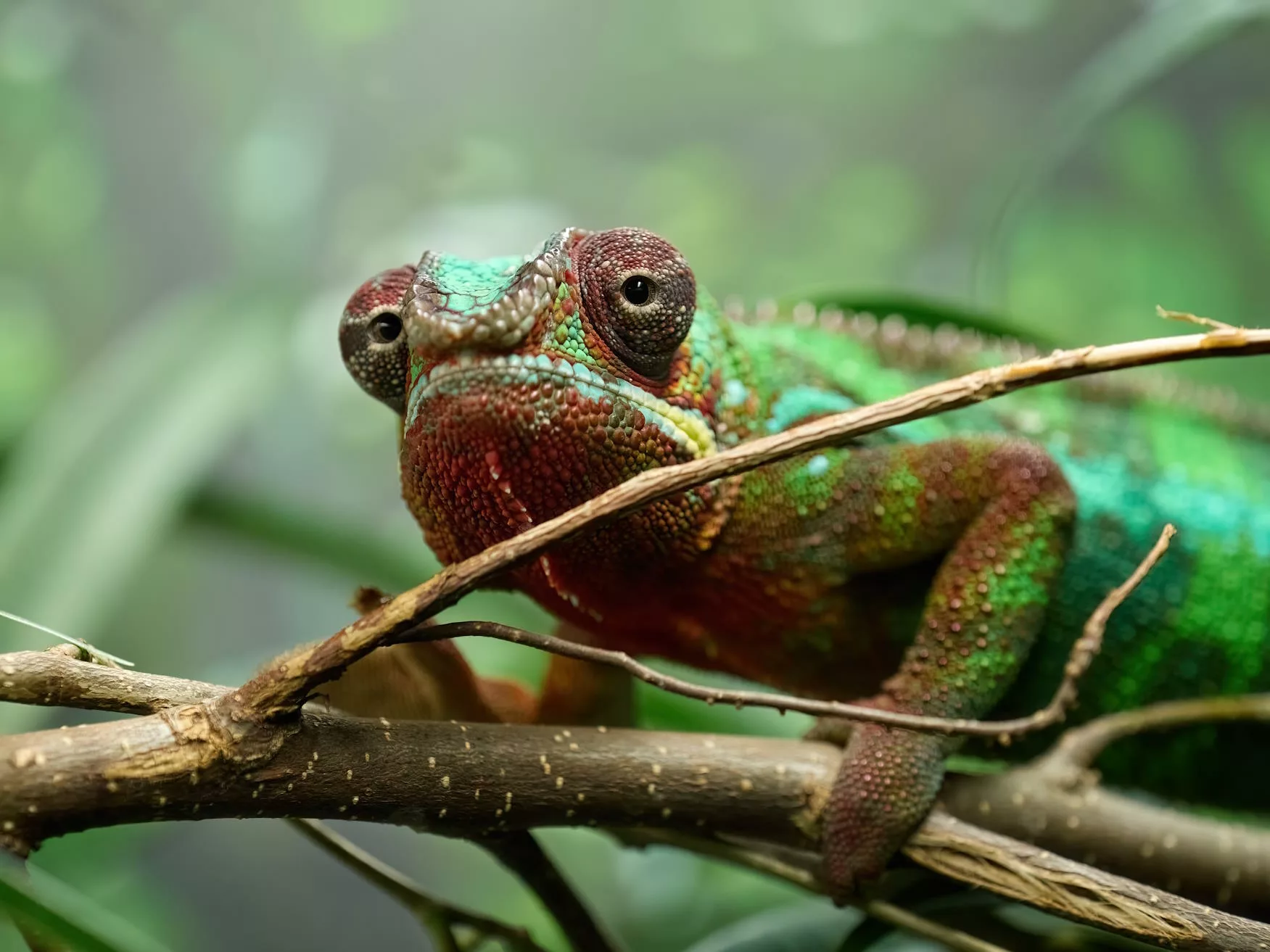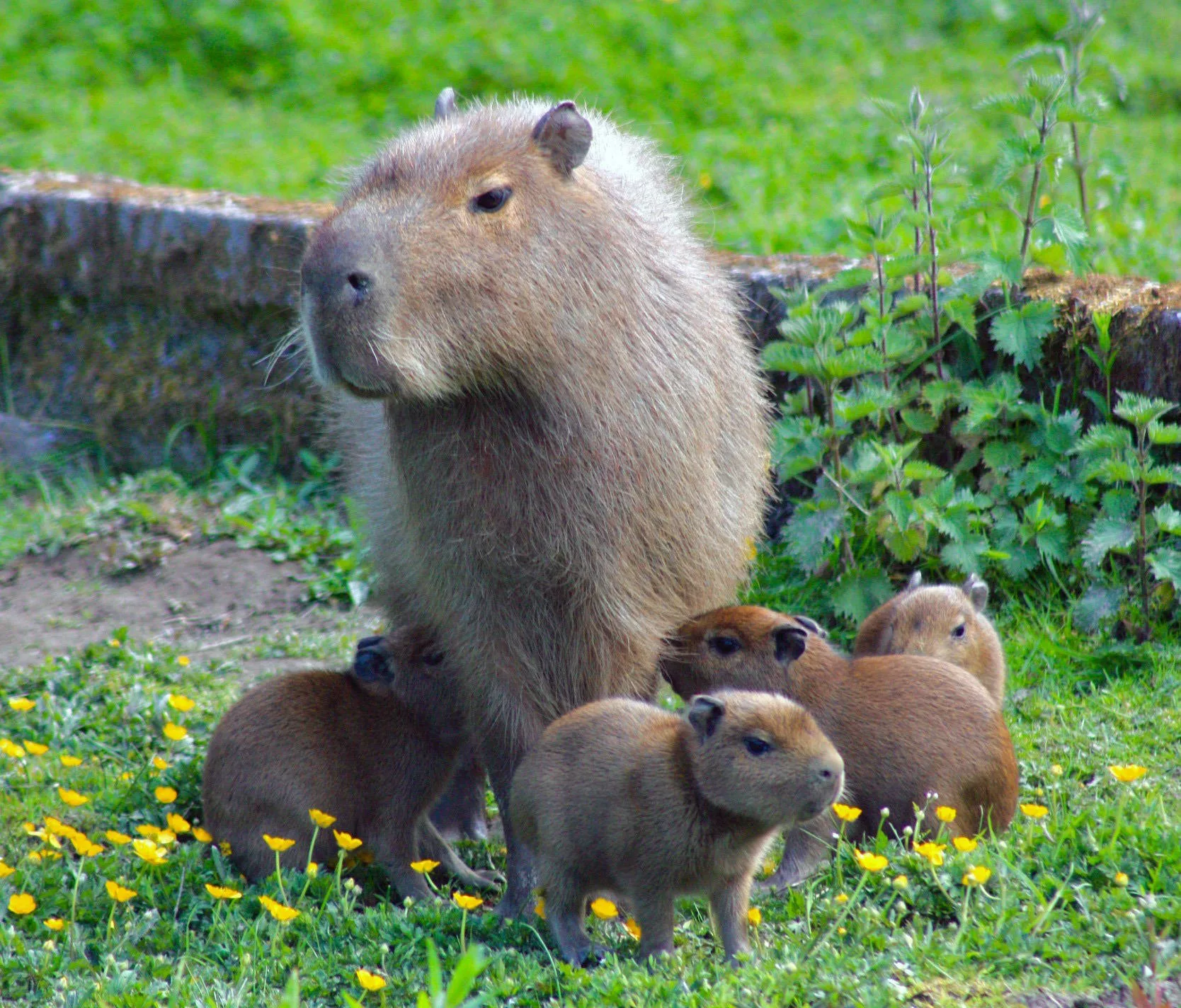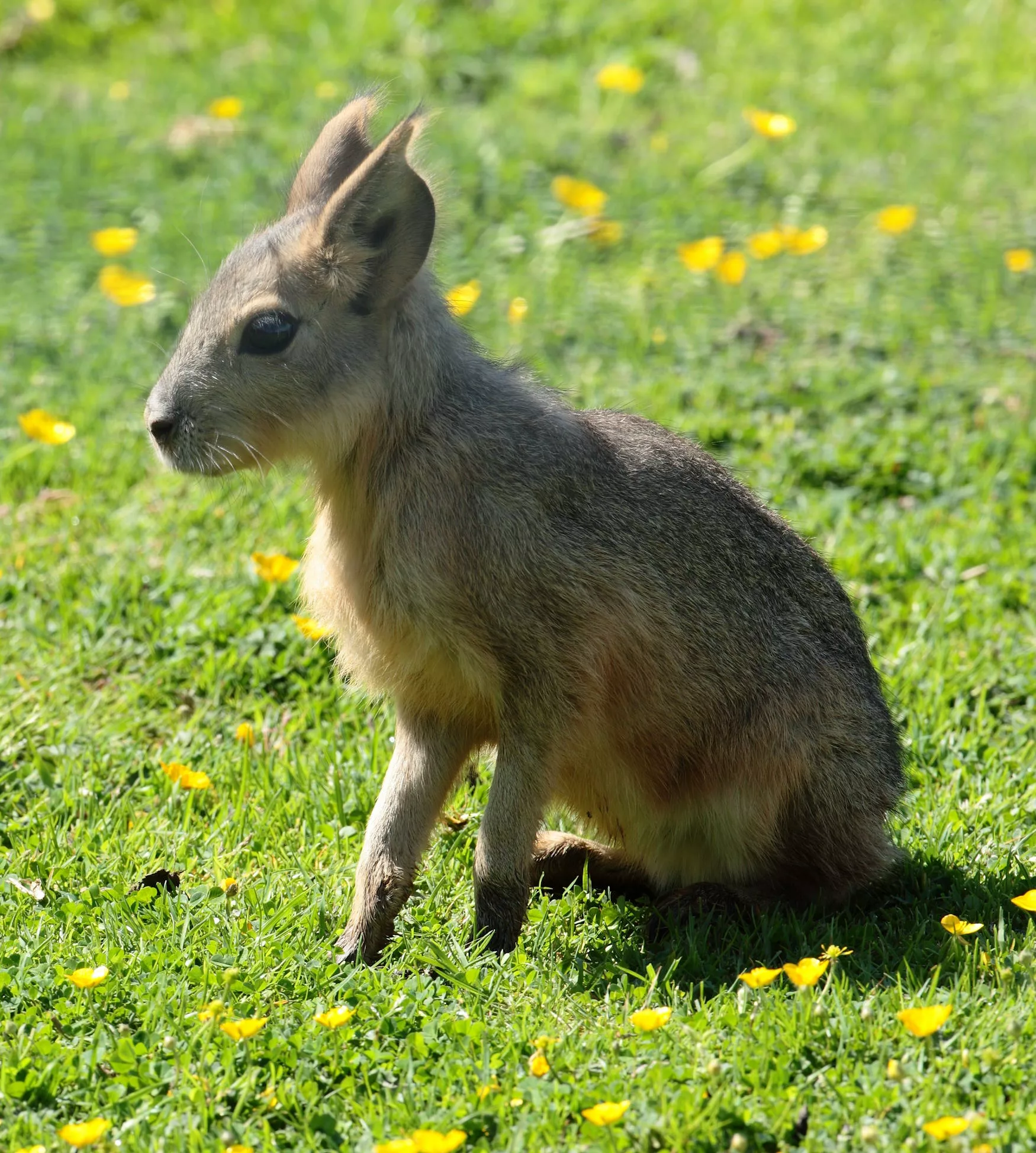
Chestnut backed thrush
Scientific name: Geokichla dohertyi
IUCN listed as: Near Threatened
Learn before you visit!
Here are some facts about the species – Discover what they eat, find out about their natural habitat, see what they like to do, and more… Set the reading style to suit you too, everyday speak or something aimed towards children.
Child-friendly
Everyday
Diet
The Chestnut-backed Thrush primarily feeds on insects, including beetles and caterpillars, which it forages for on the forest floor. It also consumes fruits and berries when available. This thrush is known to forage both singly and in small groups, especially around fruit-bearing trees.
The Chestnut-backed Thrush loves to eat bugs like beetles and caterpillars, which it finds on the forest floor. It also enjoys munching on fruits and berries when they’re around. Sometimes, you’ll see these birds looking for food alone or with a few friends near fruit trees.
Breeding
Breeding typically occurs during the wet season, with the female constructing a cup-shaped nest in dense vegetation. Both parents are involved in feeding the chicks, primarily offering earthworms and insects. Nests are often located in high-altitude primary forests with dense canopies.
These birds usually have babies during the rainy season. The mum builds a cozy nest in thick plants, and both parents feed their chicks yummy insects and earthworms. They like to make their homes in tall forests with lots of trees.
Habitat
Endemic to the Lesser Sunda Islands in Indonesia, including Lombok and Timor, this thrush inhabits lowland and foothill forests. It prefers dense, high-altitude primary forests with tall trees and dense canopies. Habitat loss due to deforestation poses a significant threat to its survival.
These thrushes live on islands in Indonesia, like Lombok and Timor. They love forests that are low to the ground and have lots of tall trees. But sadly, people cutting down trees for land is making their homes disappear.
At the zoo
Due to its declining numbers in the wild, the Chestnut-backed Thrush is part of breeding programmes in several European zoos. Institutions such as Berlin Zoological Garden, Bristol Zoo, and Chester Zoo participate in conservation efforts for this species. These programmes aim to maintain genetic diversity and educate the public about the thrush’s endangered status.
Since there aren’t many Chestnut-backed Thrushes left in the wild, some zoos in Europe are helping them. Zoos like Berlin Zoological Garden, Bristol Zoo, and Chester Zoo are taking care of these birds. They’re working hard to keep the birds healthy and teach people how special and rare they are.
Behaviour
The Chestnut-backed Thrush is a ground-dwelling bird that forages singly, often in leaf litter, searching for insects. It is also observed in medium-height trees, especially when foraging in fruit-bearing trees in small groups. Its elusive nature and preference for dense forests make it difficult to study in the wild.
Chestnut-backed Thrushes spend a lot of time on the ground, looking for insects to eat. They also hop around in medium-height trees, especially when they’re near fruit trees with their friends. Because they like to hide in thick forests, it’s hard for scientists to study them.
Fun facts
- Musical Birds: Chestnut-backed Thrushes have beautiful songs that make them popular in European zoos.
- Forest Dwellers: These birds prefer living in dense, high-altitude forests with tall trees and thick canopies.
- Insect Lovers: Their diet mainly consists of insects like beetles and caterpillars found on the forest floor.
- Fruit Fans: They also enjoy eating fruits and berries when they’re available.
- Rare Sightings: Spotting a Chestnut-backed Thrush in the wild is a rare treat due to their elusive nature and declining numbers.
-
A Singing Star: The Chestnut-backed Thrush sings really pretty songs, which is why it’s so popular in zoos across Europe.
-
Tree Hopping: Although it usually stays on the ground, this bird sometimes hops around in medium-height trees to find food.
-
Bug-Eating Pro: The Chestnut-backed Thrush loves eating bugs like beetles and caterpillars, which it finds on the forest floor.
-
Berry Snack Time: This bird enjoys snacking on fruits and berries when they’re around, making its meals extra tasty.
-
A Rare Sight: It’s hard to spot a Chestnut-backed Thrush in the wild because it hides in thick forests and is not seen often.
More animals to discover at our zoo
Quick Links
Tickets & Prices
You can buy tickets for Exmoor Zoo securely online, as well as finding out more price options, discover offers, and more…
What’s on…
Exmoor Zoo hosts incredible Events all through the year. You can find out about what we’ve got in store here…
Routes & info
Like any great discovery, Exmoor Zoo can feel a little off the beaten path – but don’t worry – you can plan your journey with our recommended routes and other useful travel info.
